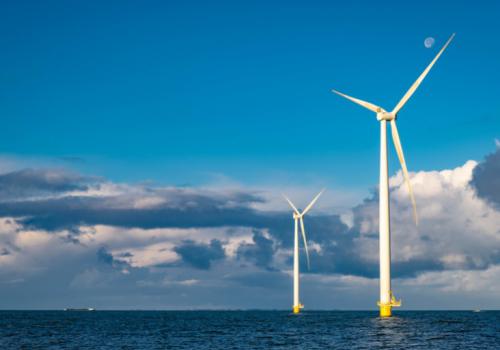The Netherlands became a net annual power exporter for the first time in 39 years last year, government data showed on Thursday, as domestic power production reached a record high on the back of gas-fired power stations benefiting from low gas prices. Electricity exports from the Netherlands rose to the highest ever level of 22.43 TWh in 2020, with most power flowing to Germany. Exports to its eastern neighbour nearly doubled year on year to 8.68 TWh, government data showed, as German-based coal plants were more costly to run amid rising CO2 prices. Nuclear power outages in Belgium also caused a rise in exports at the southern border, with power flows to Belgium reaching 7.81TWh, a 12% increase on 2019. High exports were enabled by Dutch net power production reaching an all-time high of 119 TWh last year, despite the economic impact of measures taken to contain the coronavirus. Electricity demand, on the other hand, did fall as a result of the measures and was 1.9% below 2019 levels at 111 TWh.
Renewable electricity
The connection of two large offshore wind farms last year provided a 40% year-on-year boost to Dutch renewable electricity production. With Dutch offshore wind capacity rising to 2.5 GW, up from 1 GW in 2019, overall green power production climbed to 31 TWh last year, covering just over one quarter of Dutch electricity consumption. The Dutch solar power market has also continued growing strongly, with solar PV power production up more than 50% in 2020 to 8.1 TWh. “The increase is directly related to substantial growth in the installed capacity,” the government’s CBS statistics office said. Dutch solar capacity surpassed 10 GW last year, a 41% rise on 2019. Rising prices for carbon emissions allowances have discouraged the use of coal-fired power plants in the Netherlands. As a result, coal-fired power generation halved in 2020 to 9.6 TWh. The country wants to cut carbon emissions by 49% below 1990 levels by 2030 and it is currently preparing legislation to put a cap on coal-fired power production.
